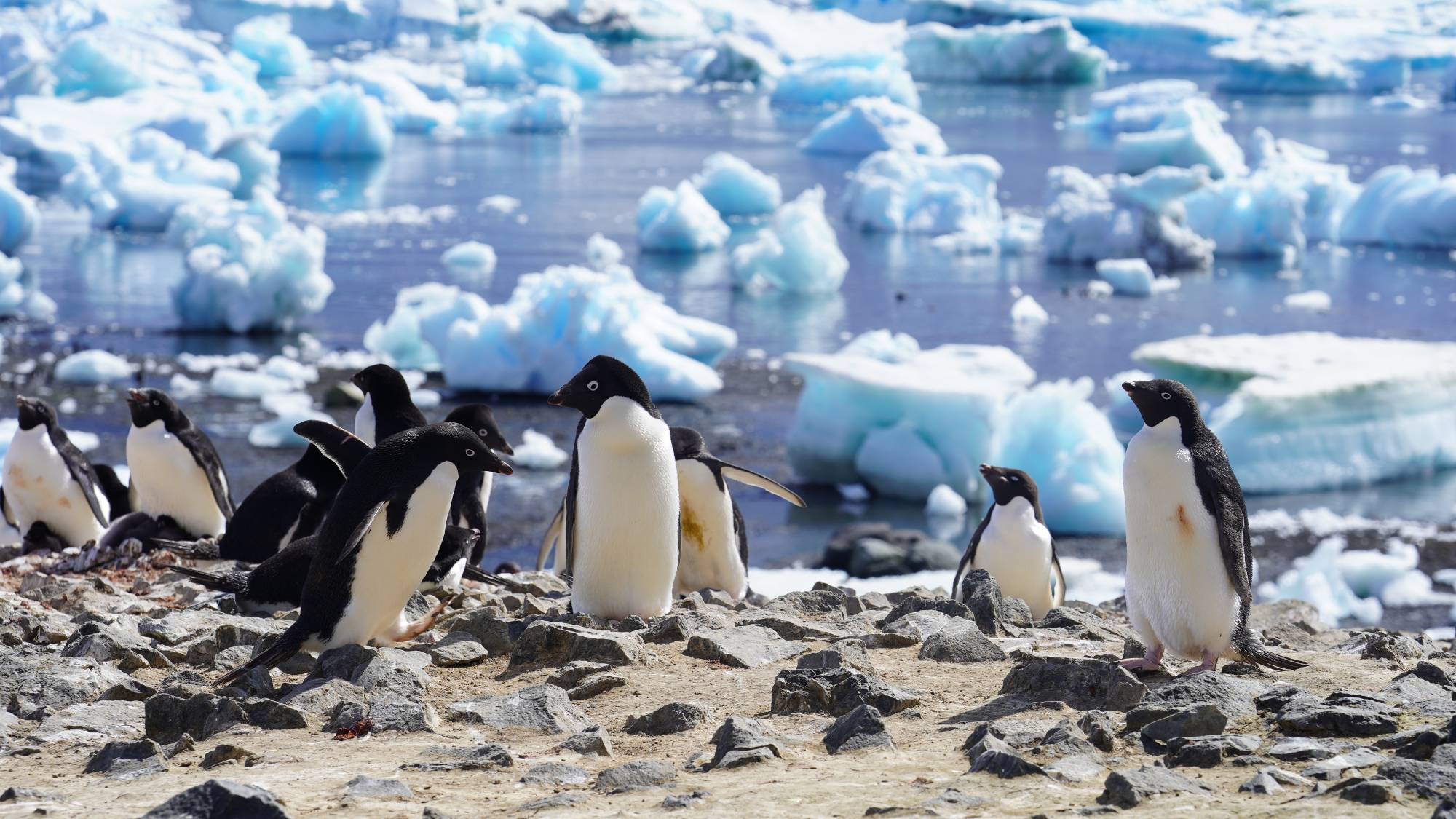During the LX Antarctic scientific expedition (ECA 60) organized by the Chilean Antarctic Institute (INACH)an unprecedented discovery was announced: Positive cases of highly pathogenic avian influenza (H5N1) found in Antarctica. This milestone marks a major advance in research into wildlife health in this remote region.
first, Positive cases of avian influenza found in Adélie penguins (Pygoscelis adeliae) and Antarctic cormorants (Leucocarbo bransfieldensis)thanks for the cooperation between Millennium BASE Institute of Antarctic and Subantarctic EcosystemsFrench company Bonanteand by Dr. Elie Poulin of the University of Chile, Dr. Juliana Vianna of the Pontifical Catholic University of Chile, and Dr. Céline Lebohec of the University of Montpellier.
The samples were collected from 13 breeding colonies on the Antarctic Peninsula and the west coast of the White Continent with the support of the ship Commander Charcot. After PCR analysis, highly sensitivephoto by Dr. Fabiola León From the Millennium Base Research InstituteNine cases of highly pathogenic avian influenza (H5N1) have been detected in penguins and cormorants, the first records of these two species in Antarctica.
Plus, close to the Czech base Johann Gregor Mendel discovered an unusual death of skuas on James Ross Island in early March. This alarmed a team of virologists from the National Antarctic Science Program (Procien) Professor Julio Escudero’s base at INACH confirmed that the samples collected were positive for the avian influenza virus.
These findings are part of the INACH collaboration”Identification and characterization of HPAIV H5N1 in Antarctica“, led by Dr. Marcelo Gonzalez. The processing of the tests is carried out at the Escudero base by veterinarians specializing in molecular diagnostics.
The Scientific Committee on Antarctic Research (SCAR) has developed a project to monitor viruses in the Antarctic and sub-Antarctic regions, Highlights the importance of collaboration and scientific research in Antarctica to understand and mitigate risks associated with bird diseases in the region.

